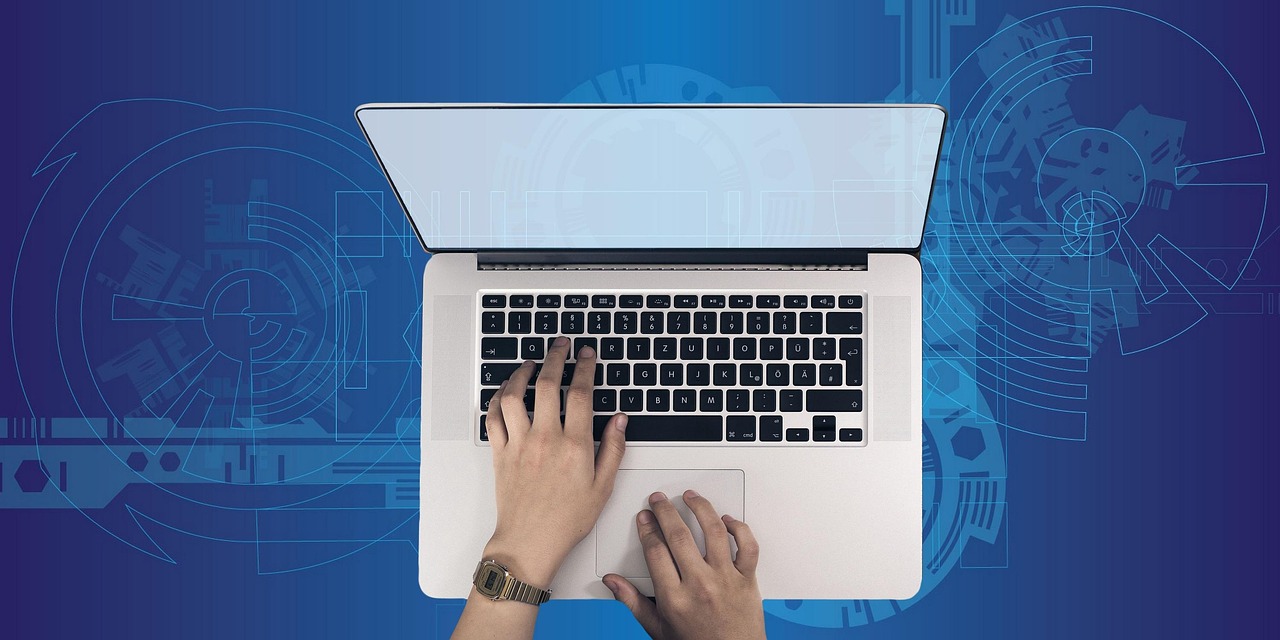Python has been one of the most dominant programming languages of the last decade, and its growth shows no signs of slowing down. With its simplicity, versatility, and vast ecosystem, Python has become a go-to language for web development, data science, artificial intelligence (AI), machine learning (ML), automation, and more. But what does the future hold for Python? Let’s explore upcoming trends, innovations, and potential challenges that could shape Python’s trajectory.
1. Python’s Role in AI and Machine Learning
Python is already a leader in AI and ML, thanks to libraries like TensorFlow, PyTorch, and Scikit-learn. As AI continues to advance, Python’s dominance is expected to grow even further. Key trends include:
- Enhanced AI Libraries: More efficient AI libraries will emerge, reducing computational costs and improving model performance.
- Automated Machine Learning (AutoML): Python-based AutoML tools will make ML model development easier for non-experts.
- AI-Powered Code Generation: With AI tools like GitHub Copilot, we might see more AI-driven coding solutions that enhance Python development.
2. Python in Cloud Computing and DevOps
With the rise of cloud-native applications, Python is becoming a preferred language for cloud computing and DevOps automation. Future developments may include:
- Serverless Python: Python’s integration with AWS Lambda, Google Cloud Functions, and Azure Functions will continue to improve.
- Infrastructure as Code (IaC): Tools like Terraform and Ansible will further integrate Python for cloud infrastructure automation.
- Better Performance in Cloud Environments: Python interpreters may evolve to optimize execution in cloud-based environments.
3. Python for Web Development
Python’s web frameworks, such as Django and Flask, continue to be popular, but new trends are emerging:
- Asynchronous Python: Frameworks like FastAPI are gaining traction due to their speed and efficiency in handling real-time applications.
- Python-Based WebAssembly (Wasm): Future improvements in WebAssembly could enable Python to run directly in browsers with better performance.
- Microservices and API Development: Python will play a bigger role in microservices-based architectures and API-driven web applications.
4. Performance Improvements
One of Python’s biggest criticisms is its speed compared to languages like C++ and Rust. However, Python’s future may bring performance upgrades:
- Python 3.12+ Optimizations: The Python core team is actively working on performance improvements in newer versions.
- Just-in-Time (JIT) Compilation: Python’s JIT initiatives (like PyPy) will continue to evolve, making execution faster.
- Better Multithreading and Concurrency: The removal or optimization of the Global Interpreter Lock (GIL) could enhance Python’s multi-threading capabilities.
5. Python and Quantum Computing
As quantum computing evolves, Python is becoming the primary language for quantum programming with libraries like Qiskit and Cirq. In the future, we may see:
- Better Quantum Libraries: More user-friendly and efficient Python libraries for quantum computing.
- Increased Adoption in Research: Python’s dominance in scientific computing will extend to quantum physics and cryptography.
6. The Rise of Python in Embedded Systems and IoT
Python’s footprint in the Internet of Things (IoT) and embedded systems is growing with projects like MicroPython and CircuitPython. Future advancements may include:
- Lightweight Python Interpreters: Optimized Python versions for low-power devices.
- Stronger Edge Computing Support: Python could become a key player in AI-powered edge devices.
7. Challenges and Potential Threats
Despite its bright future, Python faces some challenges:
- Competition from Newer Languages: Rust, Julia, and Go are gaining popularity in performance-critical domains.
- Speed Issues: Python is often criticized for being slower than compiled languages.
- Security Concerns: As Python is widely used, security vulnerabilities must be addressed proactively.
- Dependency Management: Managing dependencies and package versions remains a challenge for Python developers.
Conclusion
Python’s future is exciting, with innovations in AI, cloud computing, web development, quantum computing, and more. While challenges exist, the language’s adaptability and strong community support ensure its continued dominance. Whether you are a beginner or an experienced developer, Python is a skill worth mastering in the years to come.
What do you think about Python’s future? Let us know in the comments!
